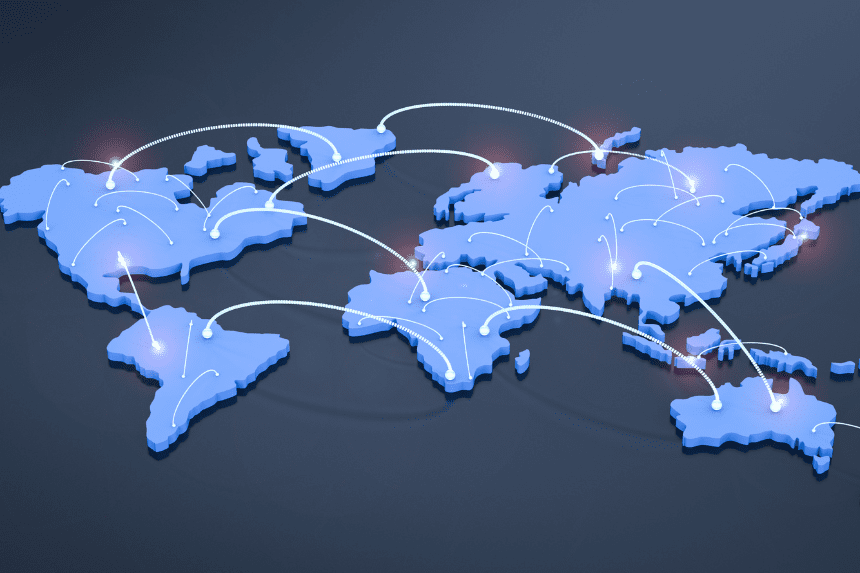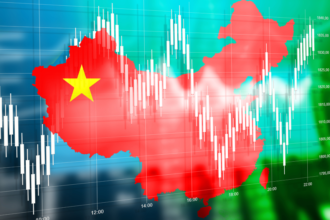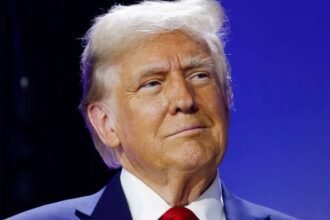As Trump’s tariffs continue to hurt important markets, global exporters are paying more attention to China. The broad tariffs, which are meant to create more employment and income in the U.S., are instead forcing big exporters of seafood and agriculture to look for other clients, mainly in Asia. Brazil and India, two countries that have been trading with the U.S. for a long time, are now looking for new business prospects in China and Europe to make up for the increased U.S. import levies.
This trend is developing because American importers are facing higher costs, and there is uncertainty about long-term trade plans. Because the U.S. puts high tariffs on important items, suppliers are rapidly changing their export plans to protect their industries and keep their profits.
Why are Brazilian exporters going after China?
The U.S. has put a 50% import tax on Brazil, the world’s biggest coffee producer. This is one of the highest tariffs that Trump has put in place. The U.S. buys almost a third of Brazil’s coffee, which has a big effect on the economy. Exporters now think that China, with its burgeoning café culture and demand, is a better option.
In the last several months, more than 180 Brazilian coffee firms have signed up to send their goods to China. Experts say that this sudden rise of interest is exceptional and shows how quickly exports are changing. In reality, big Brazilian companies have already made billion-dollar deals with Chinese stores like Luckin Coffee. Here is the link to our article on the Trade War Impact.
What Are Indian Exporters Doing?
India is also having a hard time. Local farmers are turning to China and Europe because the U.S. has a 50% duty on seafood and tea. Indian exporters, notably those in the seafood business, said that U.S. buyers have stopped or cut back on orders because they are worried about costs and don’t know what will happen.
China has also become a big secondary market at the same time. Exporters are trying to make their shipments to Chinese importers bigger while also getting better terms in Europe through new free trade agreements. But there are worries that African competitors could hurt Indian producers by offering lower prices.
Will U.S. buyers pay for the costs?
American imports are starting to feel the heat. For instance, the price of a five-pound bag of Brazilian coffee beans may go up by 25%. This might make the price of a cup of coffee go up by 7% for people in the U.S. Big stores like Walmart have said that prices would go up soon if things keep going the way they are.
In the U.S., seafood groups are also asking for tariff exemptions. They say that local production can’t keep up with demand and that overfishing makes the supply even smaller. If there is no solution, importers may have to charge consumers more. Here is the link to our article on Trade War Survival.
Can Exporters Make It Through This Change?
Many exporters are sure they can adjust, even though they face problems. For instance, Indian companies are getting new consumers in more than 60 nations. To lessen their dependence on the U.S. market, some companies have already expanded the range of goods they export.
Leaders of major export companies said that U.S. buyers are still placing orders even with the 50% duty. This is because there is still demand, and there aren’t many other options right away. They do, however, say that long-term plans will focus on regions like China and Europe, where trade circumstances seem to be better.
Final Thoughts
Trump’s tariffs are changing the way trade works around the world in a big way. The goal was to make U.S. industry stronger, but the repercussions are making big exporters look for new partners, especially in China. As businesses adapt, these changes might have long-lasting effects on supply chains and costs for consumers in important areas like coffee, seafood, and tea. Trump’s tariffs will continue to have a major impact on determining trade routes and economic partnerships around the world.








